Web3 Infra Series | Building Native Stablecoins for a Usable Internet
Published on Aug 26, 2025
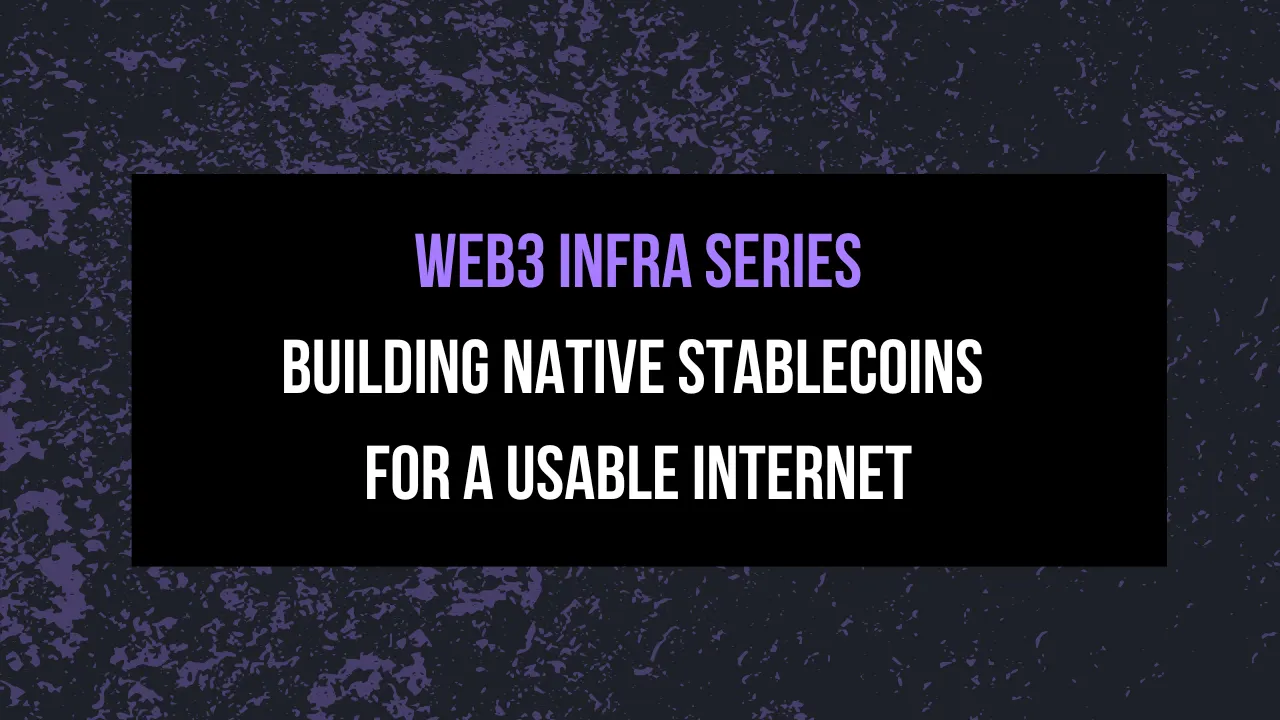
Despite the long presence of the stablecoin in Web3, native ones still
tend to get sidelined on app-focused chains. Most of what’s out there
today is bridged in from somewhere else, with tokens seemingly
duct-taped across ecosystems that were never quite built to operate
natively. That creates friction because stable value is essentially
the base layer for any system that wants to support real activity tied
to the economy.
This piece breaks down where bridged stablecoins fall short, what real
infrastructure needs to deliver, and how Uptick is building toward a
native model where stable value sits inside the stack itself, embedded
directly into applications, marketplaces, and settlement layers.
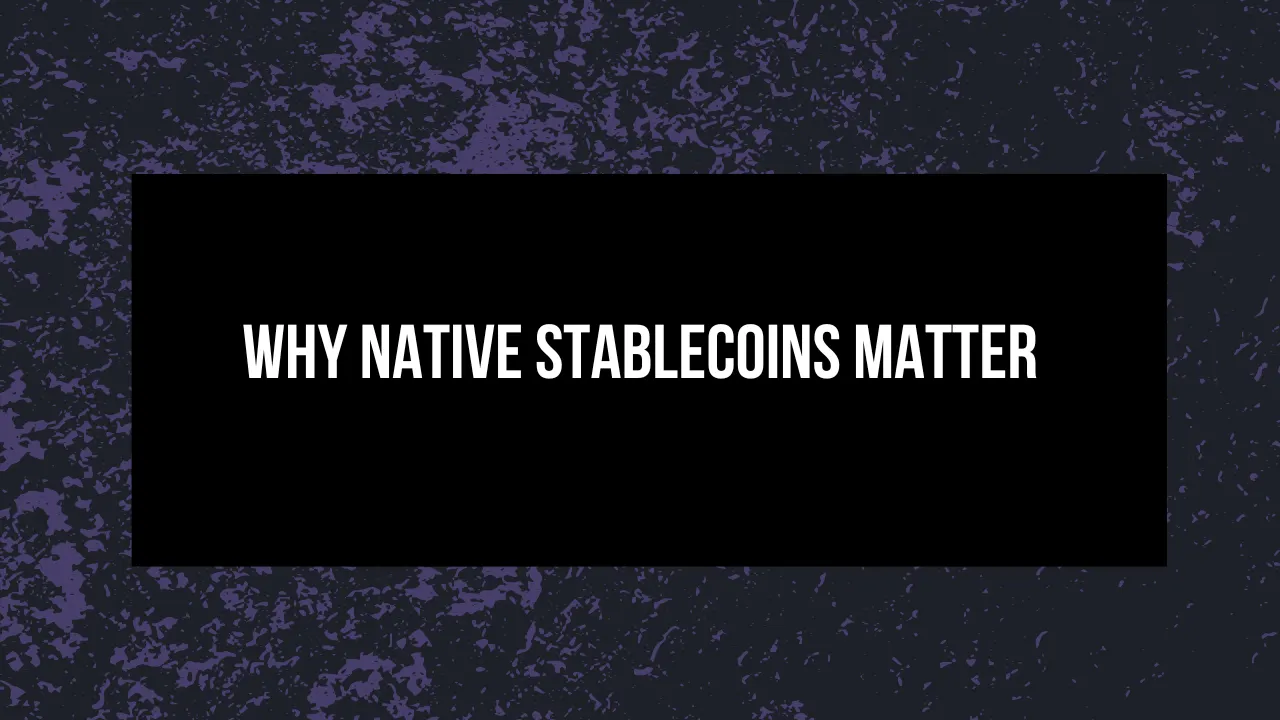
So, what is a stablecoin?
Stablecoins are digital currencies built to hold steady value, usually
pegged to fiat, real-world assets, or managed algorithmically. This
gives them the stability needed to handle value transfer in actual
transactions, without getting dragged around by market volatility.
In practice, however, most of the stablecoins people use today aren’t
truly native. Bridged assets have kept things afloat thus far, but
because they’re brought in from other ecosystems, they rarely feel
integrated into the systems they’re being used on, and the weaknesses
start to become obvious the moment you try to build anything
substantial on top of them.

There are a few different stablecoin designs.
Some are backed by fiat reserves like dollars or euros, others are
tied to commodities such as gold or oil, some rely on crypto as
collateral, and a smaller, more controversial group uses algorithmic
controls to hold their peg.

Most daily activity in DeFi still relies on fiat-backed coins like
USDT and USDC, but these depend on issuer trust and reserve
transparency, which are constantly under scrutiny. Even when the
mechanics work as intended, these coins often sit awkwardly on top of
the system instead of operating as native components you can reliably
build with.
If Web3 wants to support real economic activity, it needs stablecoins
that are composable from the ground up and actually feel like part of
the chain’s core logic.
That need is only becoming more important as the market itself grows.
By 2025, the stablecoin market has pushed past $250 billion, with USDT
and USDC making up the majority. These assets are seeing more
real-world payment use, getting pulled into TradFi and serving
practical roles outside of crypto. This rising adoption makes the case
for infrastructure that treats stablecoins as native building blocks,
which is where Uptick is directing its focus, developing systems that
let them function inside applications, marketplaces, and settlement
environments by default.
At this point, the challenge is less about design and more about
durability, because infrastructure needs to hold its value when
activity accelerates, and the systems built on top need to support
users without relying on bridges or fragile third-party logic. Without
that solid base, there is a real danger of Web3 staying stuck in its
own echo chamber, cut off from real economic participation.
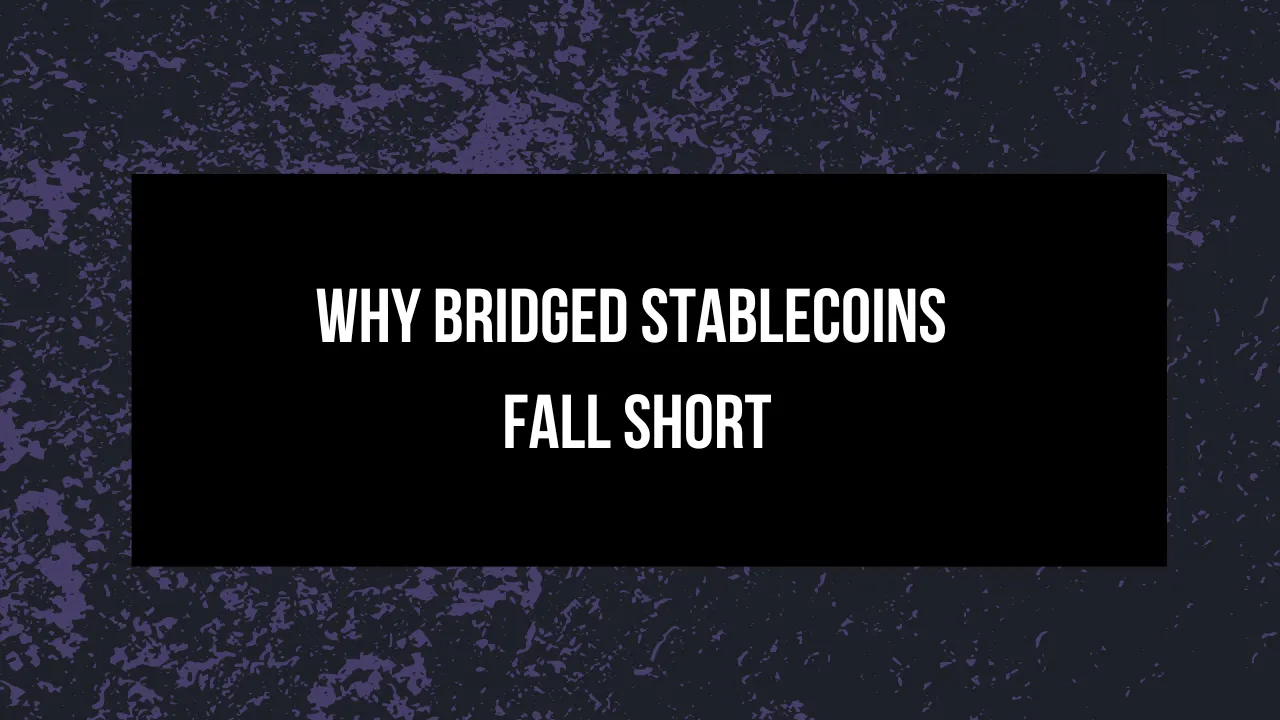
If you think about it, bridged stablecoins were always more of a
stopgap, and never really built for long-term use.
Disconnected from native modules and poorly integrated with
chain-level logic, they’re difficult to use in systems that rely on
modular components like NFTs, credentials, or programmable payments.
The result is an ecosystem that feels like it’s been assembled in the
wrong sequence. Connections between apps feel unreliable, and value
transfer often breaks in ways that force developers to patch things
manually instead of building with confidence.
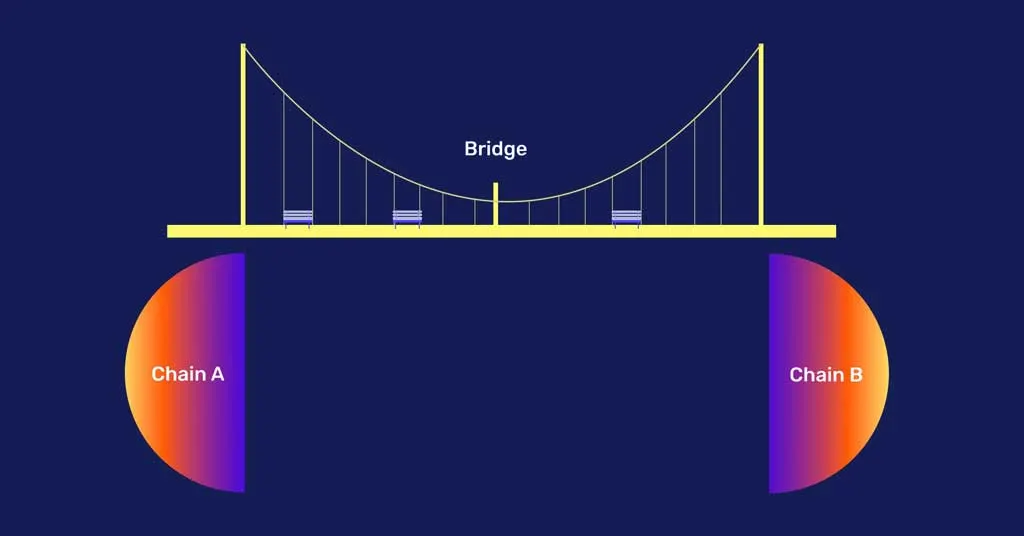
Bridges also introduce extra security assumptions that are hard to
ignore. When value crosses into unfamiliar systems, users start to
hesitate, unsure if their assets will stay safe or usable across
applications. That uncertainty adds friction and essentially slows
down everything around it.
On top of that, bridged tokens spread liquidity across chains, force
awkward user paths, and essentially end up interrupting composable
development. It becomes harder to coordinate pricing, model stable
flows, or keep experiences consistent across time. Workarounds stack
up, technical debt builds, and every extra integration layer adds a
little more drag to the system.
To combat this, stablecoins need to function as part of the
infrastructure, rather than external add-ons. Without that, payment
layers stay disconnected from the systems they’re meant to support.
These assets should be embedded in governance, loyalty, access, and
reputation from the beginning, rather than just added later as
isolated integrations.
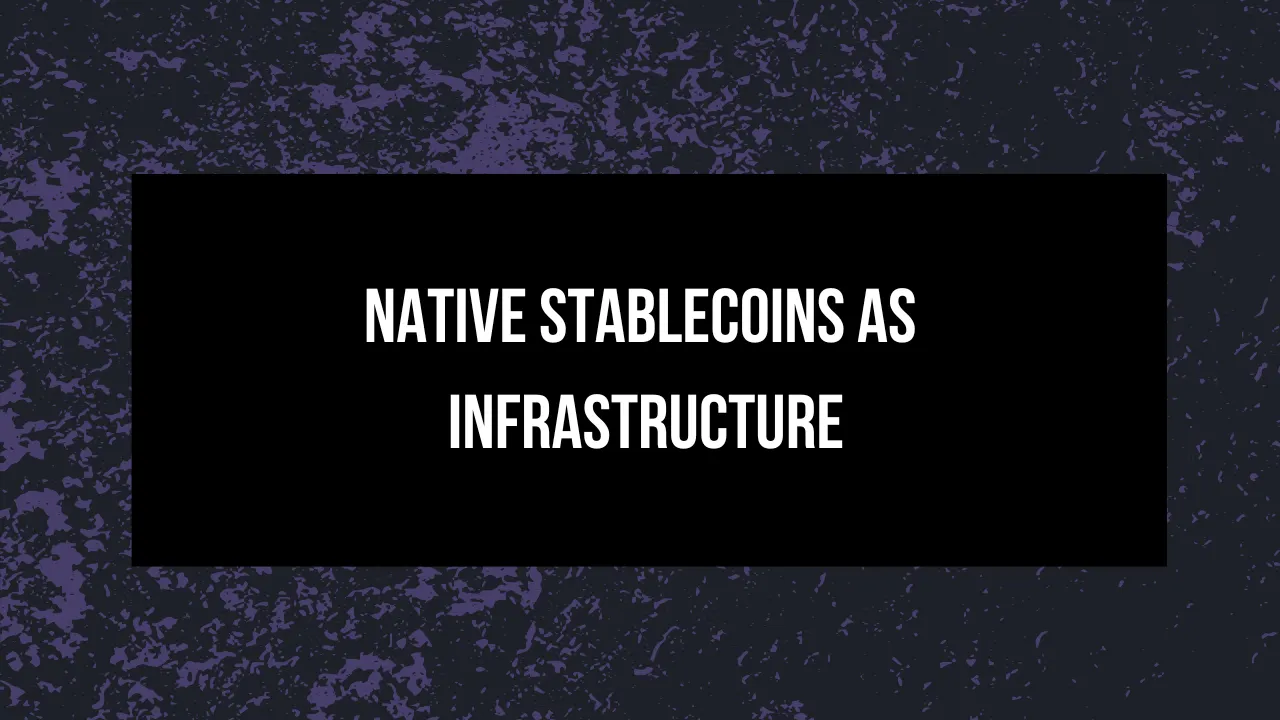
Native stablecoins reset our sense of what the baseline is.
For example, when issued directly on a chain like Uptick, they stop
being a workaround and start behaving like part of the system itself.
No wrappers, no bridges, just clean integration where they are able to
flow through NFT sales, fan memberships, DAO activity, and
credential-linked actions without breaking anything.
That’s the point where stablecoins start to function as
infrastructure, built to support real systems rather than forced into
place, pushed through frameworks they were never really designed for.
As soon as they move into the core stack, the expectations shift from
technical integration to legal and regulatory weight.
In places like the US and Hong Kong, issuers are now facing very
strict requirements around licensing, reserves, and audits, which
makes regulatory trust just as important as technical integration. The
US framework is designed to consolidate stablecoin issuance under
large, dollar-anchored players, and Hong Kong supports a
multi-currency model aimed at regional trade and overseas payment
flows. Together, these approaches show how regulation is shaping
stablecoins into compliant infrastructure, and why credibility has to
sit alongside composability if native systems are going to work.
Without that layer of trust, the technology isn’t enough on its own,
but when compliance and credibility are in place, value stops moving
in fragments and flows as part of a continuous system. Payments become
programmable, marketplaces can default to stable pricing, fans gain
access in local equivalents, loyalty rewards settle in units that work
across platforms, and the stablecoin shifts from an external add-on to
a core part of how the system moves.

The architecture also gets easier to scale once stable value becomes a
core building block. Financial logic stops breaking between apps, and
consistency starts to rear its head across tools. Microtransactions
don’t rely on fragile routing setups, streaming payments run with
fewer moving parts, and new projects can launch with built-in payment
rails instead of wiring them from scratch.
This gives developers more room to move, with faster iteration, fewer
roadblocks, and a system that supports experimentation instead of
slowing it down.
Essentially, native stablecoins bring real-world logic closer to the
design of on-chain systems, where subscriptions, timed payouts, and
localized pricing can be implemented with much less overhead, so a
creator can price content in stable currency equivalents that hold
across markets, and entire ecosystems can settle on a single pricing
layer that works across apps and user flows without introducing hidden
costs or constant breakpoints.
With that in place, value becomes as composable as data.
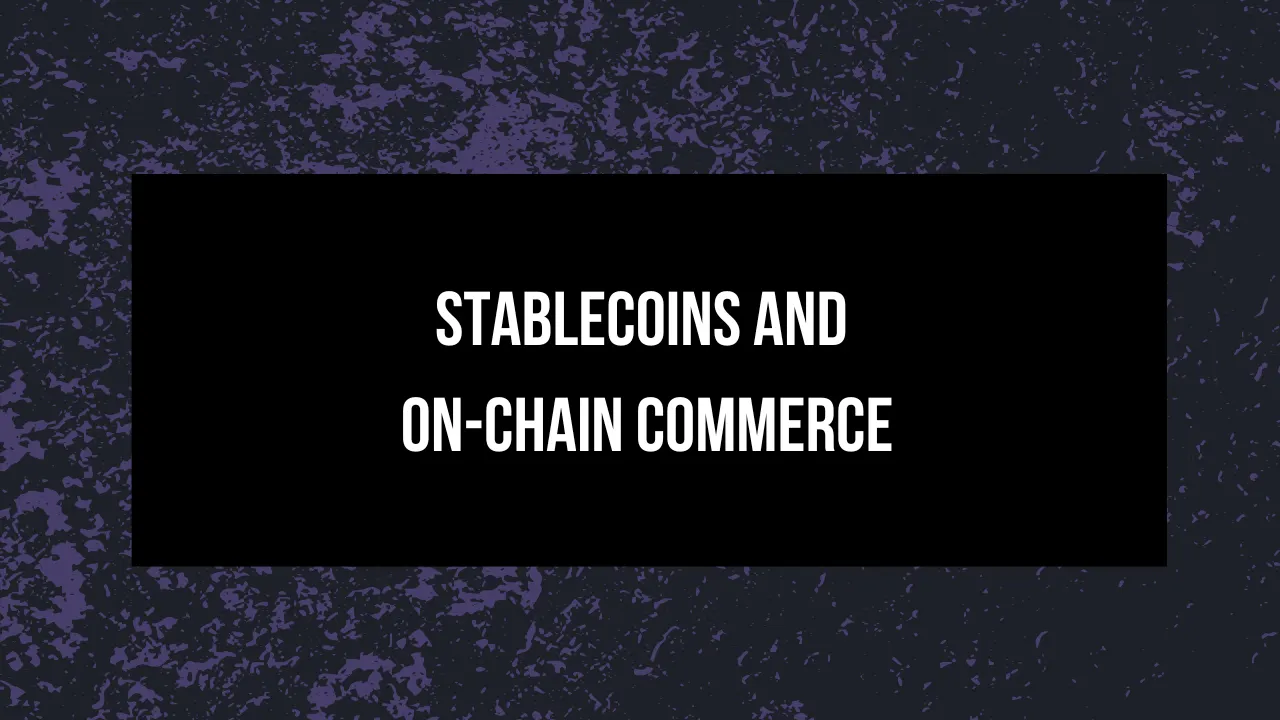
Commerce runs on stable value.
If the goal is to support trade, creator sales, ticketing, or
app-native marketplaces, the medium of exchange has to live inside the
system, and without that, payments turn into a hodgepodge of wrappers,
plugins, and fragile logic that users don’t trust and developers can’t
build around.
These are the constraints that keep Web3 stuck at the edges, because
there are too many tradeoffs, too much overhead, and no clean path
toward real economic activity.
Uptick’s architecture is already built around on-chain commerce, and
native stablecoins are the natural next step, enabling cross-chain NFT
pricing, predictable settlement units, and payment flows that actually
behave like payments. No swaps just to make a purchase, and no
wrapping or waiting, just direct, stable exchange.

Native stablecoins make on-chain payments competitive, because
settlement is instant, and transaction fees often stay under 1
percent, which is a clear improvement over the 3 to 5 percent cut
taken by traditional processors. Lower cost essentially removes
friction, because merchants can accept payments without
intermediaries, users interact with fewer barriers, and commerce can
then flow more naturally between platforms.
It also brings predictability as sellers don’t need to walk users
through which token to use or how to make the payment work, buyers pay
in familiar currency equivalents, and developers can apply the same
payment logic across environments without rewriting everything.
Creator platforms, fan economies, and tokenized real-world assets
benefit from this structure too, as stablecoins act as both the
exchange layer and the settlement layer, which gives businesses the
ability to stay on-chain without dealing with volatility risk or
integration overhead.
As real-world assets such as property, intellectual rights, or
fixed-income instruments move on-chain, the pursuit of price stability
becomes unavoidable, and that’s where native stablecoins enter the
fray, making it possible to support fractional entry, automate
distribution, and keep reinvestment in a single unit of account.
Bridged tokens hold that process back, introducing delays, increasing
risk, and complicating user flows, whereas native stablecoins remove
those points of friction and give users a clear path to interact
without hesitation, which is what functional economic activity looks
like in Web3. Payments follow familiar logic, value exchange holds up
across apps, and the system becomes easier to use, easier to trust,
and ready for growth.
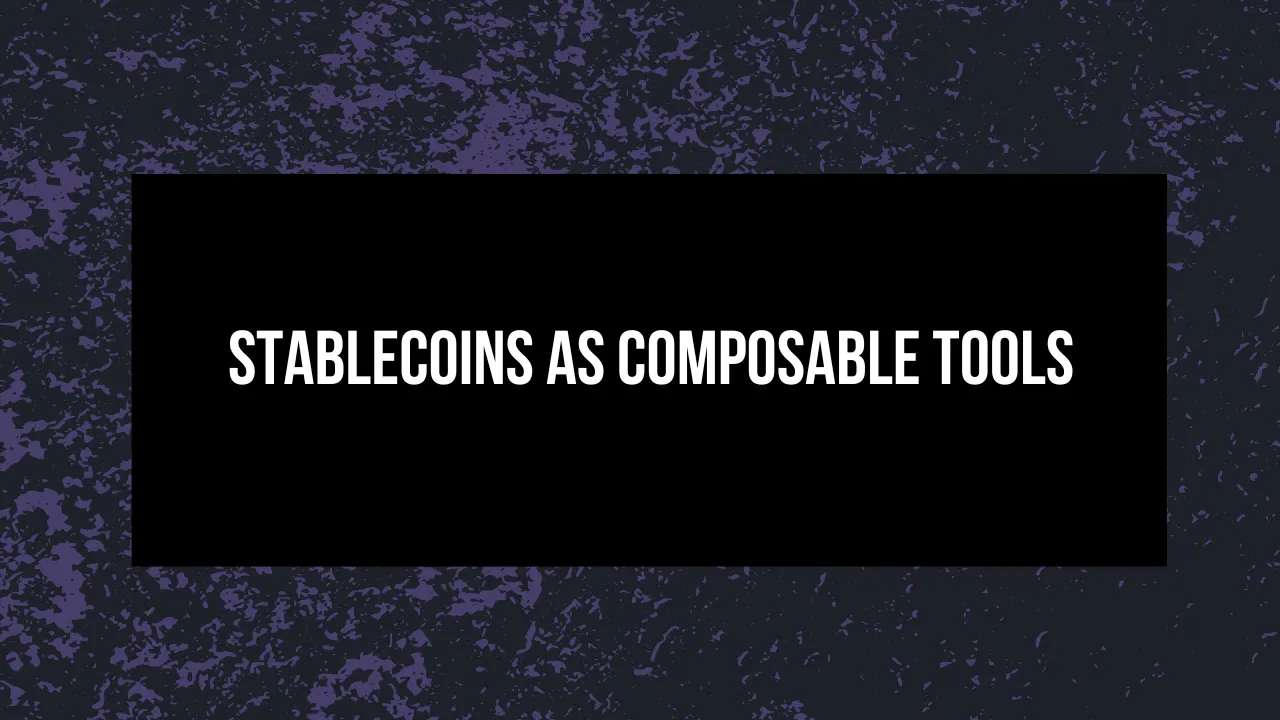
Once stablecoins are native, they stop acting like passive money and
start becoming programmable.
This changes how value moves through a system, and it means
stablecoins can react to user behavior instead of just transferring
funds from point A to point B. We have tools that can be staked,
locked, or layered with permissions that are able to respond to
identity, reputation, or smart access rules.
It also gives developers a way to design money systems that actually
reflect how people use applications. Loyalty programs can settle in
stable value, reputation layers can apply penalties or unlock rewards,
and dynamic pricing models can connect directly to stablecoins that
hold steady under pressure. That level of stability makes automation
reliable and gives systems a foundation for connected, multi-layered
interactions.

In the context of Uptick, native stablecoins have the potential to
unlock applications that move value across governance, fan access,
creator perks, commerce, and more, using a currency that feels a lot
more familiar to the everyday user. They could also connect with
payment interfaces, fiat onramps, and mobile-first flows, expanding
accessibility far beyond crypto-native environments.
These developments help stablecoins function as a reliable base layer
for applications and turn passive infrastructure into something
consistent and usable.
Within the Uptick Ecosystem, this alignment strengthens how value
moves through its architecture, reinforcing it as a system designed
for practical use. Once stablecoins are fully composable, they stop
acting like a separate layer, and they become the link between
modules, connecting apps, services, and users through shared logic
that extends way beyond payments.
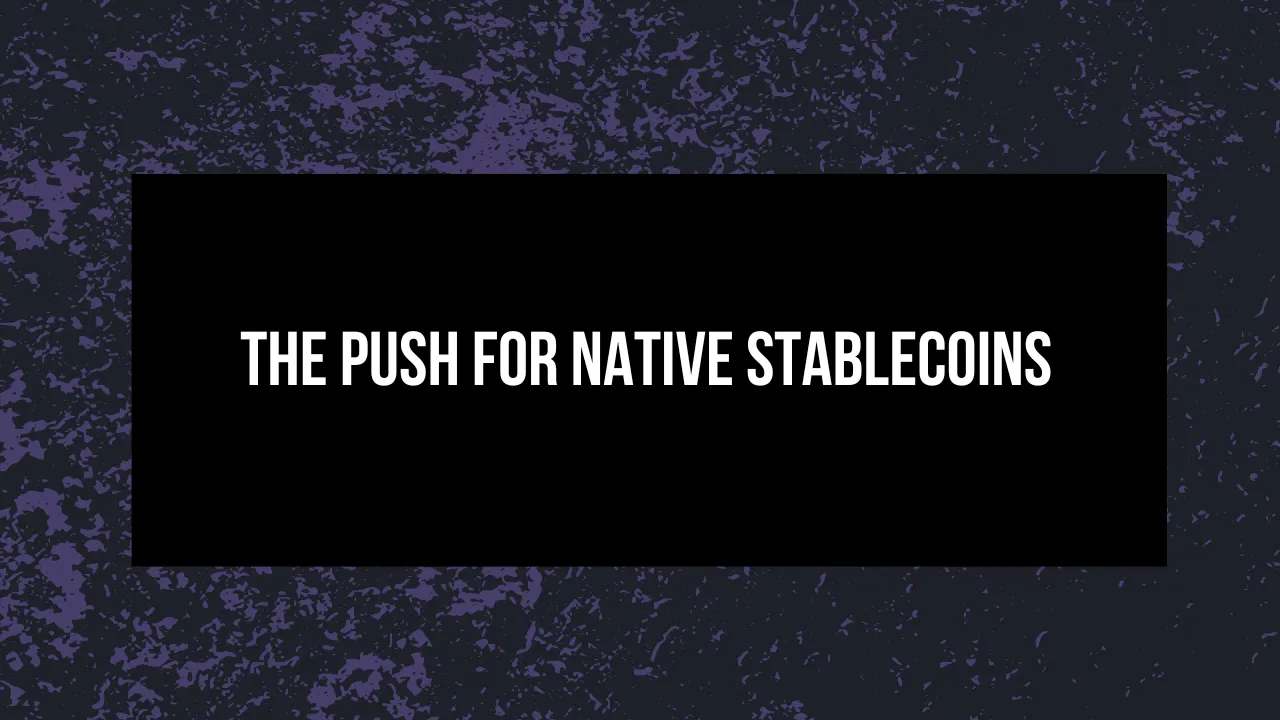
Momentum across the industry shows this shift is already underway.
In August, Circle announced Arc, a new Layer 1 chain built around USDC
as the native currency. Arc removes the need for a volatile gas token
entirely. Every transaction, contract, and payment runs directly on
stable value, rather than a speculative asset, so the stablecoin runs
at the core of the network instead of sitting on top of it.

Arc is still EVM-compatible, so developers don’t need to rebuild from
scratch, as the chain is built for practical use, with sub-second
settlement, integrated FX, and privacy features that actually matter
when handling real payments or enterprise flows. Rather than stacking
features on later, the architecture builds wallets, payments, and
asset transfers into the foundation.
Circle isn’t alone either.
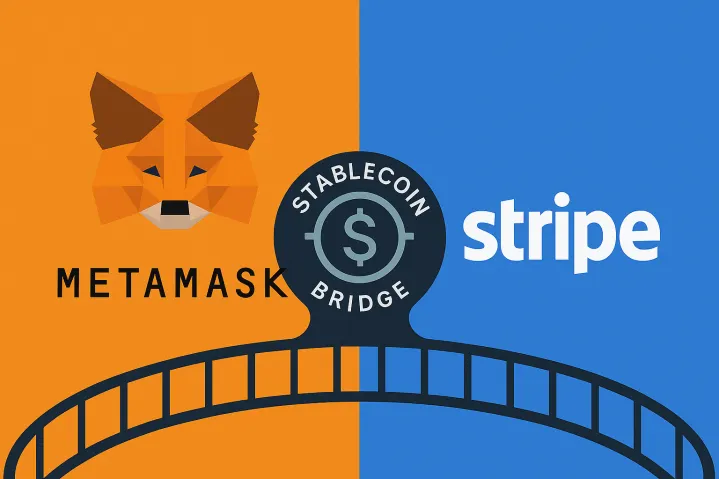
MetaMask and Stripe’s payments division, Tempo, are also launching
stablecoin-first chains, so we can definitely see that the direction
is clear, and this is where things are headed. Web3 infrastructure is
moving away from one-size-fits-all platforms and shifting toward
stacks built around stablecoins as the foundation.
Native, composable payment rails are becoming the baseline, and Uptick
is moving in this direction with stablecoins that sit inside the
infrastructure, and where payments become part of how the system
operates rather than an added layer.
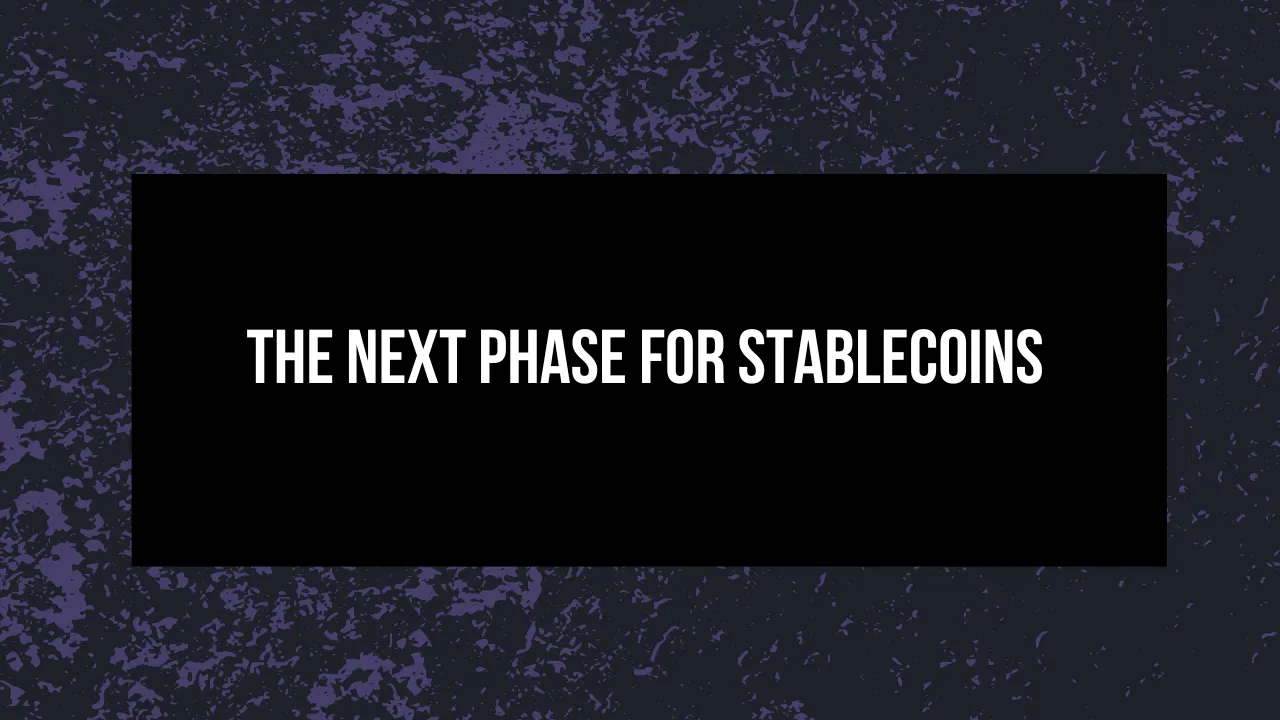
Bridged USDT and USDC still have a role, but they aren’t built for
what comes next.
For applications like NFT marketplaces, modular data systems, portable
credentials, and creator-owned ecosystems, native stablecoins are
required, and without them, the limitations go deeper than
surface-level friction, because the structure itself starts to break.
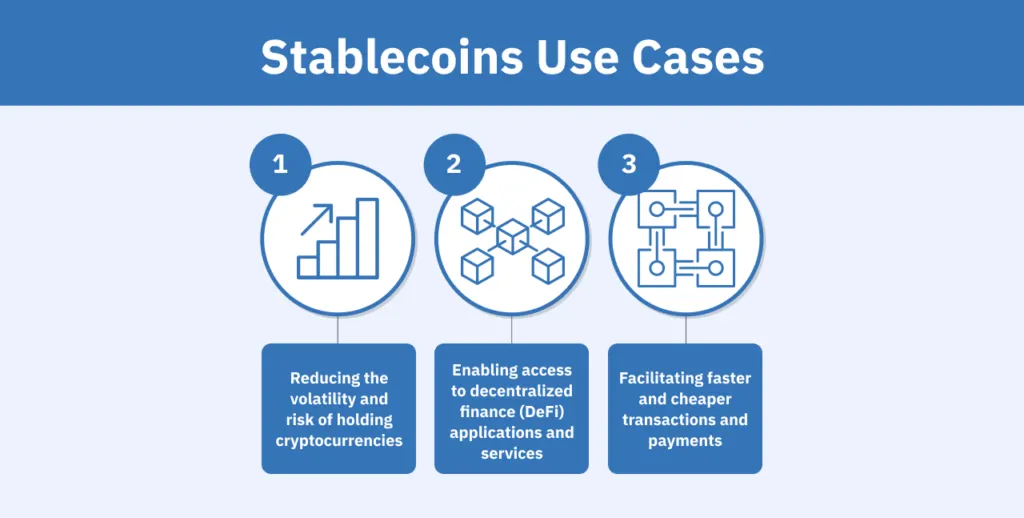
Native stablecoins operate at the infrastructure level.
Marketplaces, dApps, wallets, and credential flows can use them
directly, without retooling or relying on external systems. They also
align with Uptick’s architecture, where everything is modular,
portable, and built to function inside the stack, rather than
alongside it.
This foundation supports payment flows that feel familiar to Web2
users, all while staying grounded in the principles of Web3. Loyalty
programs can extend across platforms, checkout can run natively on
mobile, and stable units can settle without constant translation or
extra logic.
As Uptick expands with new interfaces and integrated flows, the demand
for native, composable currency becomes structural, and without it,
core layers like governance and marketplace logic stay disconnected.
Stablecoins need to operate in real time, inside real systems, across
real applications.

Stablecoins have been an incredible innovation, but they only truly
start to deliver once they become composable, and most of Web3 hasn’t
reached that point. Uptick is building toward a future where they
function as fully composable infrastructure, integrating across
applications, connecting to real systems, and adapting to new use
cases.
That’s the difference between a bridged token and a stable foundation,
and it’s what makes Web3 usable at scale.
The next wave of stablecoin adoption will depend on technical
improvements, but even more on how payments, compliance, and
real-world asset support are built directly into the infrastructure.
These are the systems that move Web3 from the margins into real
economic activity.
The real test is whether stablecoins hold up under pressure, because
they need to function inside live applications, settle value across
networks, and stay aligned with changing standards across regions. To
get there, they have to operate at the infrastructure layer, wired
into the system from the start.
In the end, the networks that treat stablecoins as infrastructure are
the ones most likely to shape what Web3 builds on.



















